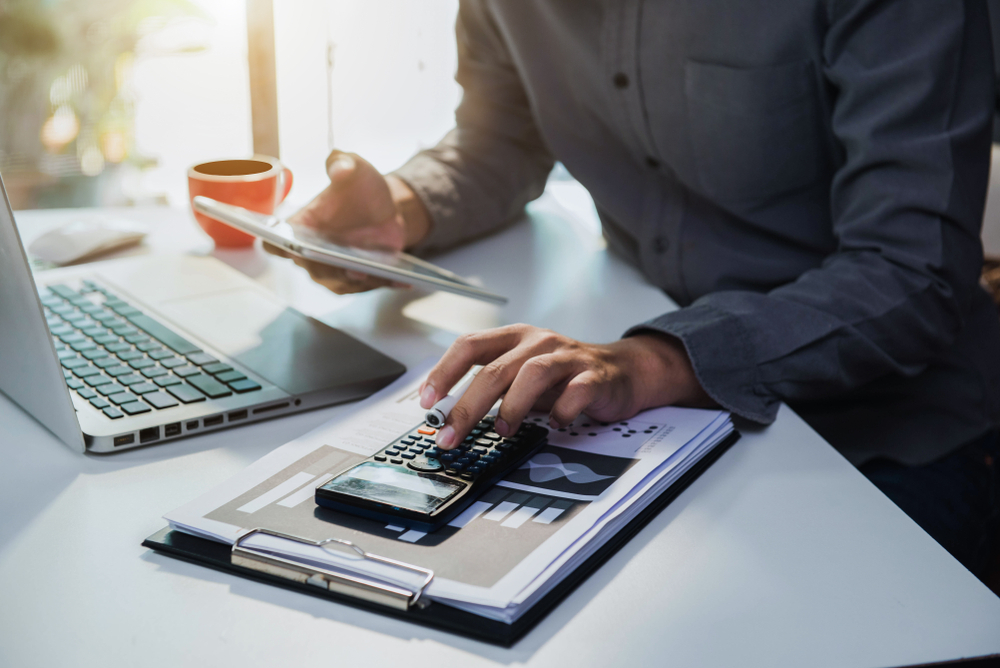Many new business owners lack a basic knowledge of accounting. The problem is that understanding some of the accounting basics is essential for any company to succeed. For business owners that dismiss the value of developing some understanding of those basics, managing finances and business growth will be considerably more difficult. One of the basics worth getting to grips with is the difference between purchases for resale and expenses.
Essentially, there are two different ways that money flows out of businesses – purchases for resale and expenses. Many business owners don’t know how to account for these. So here’s our handy guide to purchases for resale and expenses so that you and your business can make smarter decisions about where and how you spend.
What are purchases for resale?
Purchases for resale are the direct costs attributed to the production of goods sold by a business. Included in this is the price of buying stock for resale or buying materials to produce goods. Purchases for resale are one of the first things you’ll spend money on when you start a small business.
A purchase for resale is essentially your inventory. It’s also where some people start to get confused about the difference between buying in stock compared to expenses. After all, that inventory is a kind of expense, right?
When it comes to accounting, purchases for resale are different from expenses. A line must be drawn under a purchase for resale and an expense.
What are expenses?
Expenses are all of the indirect costs of running a business. That can include a wide range of costs, with everything from fixed assets like machinery or a brick and mortar store, to your regular payments for lighting, stationery, motor expenses, and many more. It can even include your all-important marketing budget.
Those assets appear in your finances as part of the business. They aren’t expensed in your income statement, as they are ongoing costs that you rely on to keep your business running.
How do I account for purchases for resale?
Purchases for resale are largely done on a credit basis, and so the supplier will issue you an invoice. The money spent on purchases for resale will end up as withdrawals from your bank account. Once any debts you owe are paid, your purchases should equal your withdrawals from your bank.
Purchase means an increase in spending and a decrease in available assets. However, it also results in an inventory increase. So that means inventory then has to be kept separate from your accounting for purchase.
Now, you can make any purchase for resale using either immediate payment or some form of credit. It can be quite challenging to spot precisely when a purchase for resale happens, so that needs to be defined. Should your business define your purchases for resale as:
- When your goods have been ordered?
- When they have been dispatched?
- When your purchases are delivered?
- When you pay your supplier?
Then the general rule here is that the purchase will have occurred when you have taken responsibility for the rewards and risks of the purchase. So it tends to be whenever your business has those purchases for resale delivered. Even though payment may not yet have happened, it’s primarily an irrelevance when it comes to a purchase for resale. This is critical to get right as it significantly impacts your cash flow. And it’s important always to understand what’s happening with your cash flow, especially when it comes to tasks like preparing for the new financial year.
How do I account for expenses?
Generally, an expense is what we call the cost of doing business, even though a cost doesn’t always have to be an expense.
Expenses are typically paid straight out of a business’s bank account as they become due for payment. Seeing as you pay these expenses out of your bank account, your accounts will no longer balance. You must record these payments for all of your indirect accounts in your expenses account to solve this. The sum of individual expenses accounts will give you your expenses figure.
It might seem unnecessarily complicated, but in accounting, an expense is when you spend money on something that you use during your business’s normal operations.
So even when you spend money on something that your business needs to make a sale, it’s only classed as an expense on the day that it’s allocated to a specific sale.
Expenses and goods for resale accounting
If it all sounds too confusing, it’s because the names that accountants use are often different from the meaning in the real world! So don’t get too confused by some of the words and terms used because goods for resale accounting is notoriously challenging!
Getting lost regarding the numbers is very easy if you’re starting a new business. If you are still confused about purchases for resale and expenses or want a better explanation of these terms, you should check out our five-part video training series. This series called Account-Ability consists of short videos covering the basics of accounting.
Alternatively, you can contact the team at Big Red Cloud or give us a call at (01) 204 8300, where our friendly team can help you get to the bottom of your accounting.




